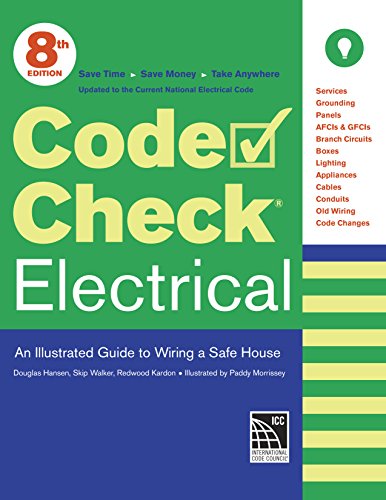Imdg Code


sku: COM9789280116366NEW
ACCORDING TO OUR RECORDS THIS PRODUCT IS NOT AVAILABLE NOW
$196.89
Shipping from: Canada
Description
The IMDG Code has undergone many changes over the years, in both format and content, in order to keep up with the rapid expansion of the shipping industry. Amendment 38-16 includes revisions to various sections of the Code and to transport requirements for specific substances. It was adopted by IMO's Maritime Safety Committee (MSC) at its ninety-sixth session in May 2016. Amendment 38-16 of the Code is mandatory as from 1 January 2018 but may be applied by Administrations in whole or in part on a voluntary basis from 1 January 2017. The two-volume Code is divided into seven parts: Volume 1 (parts 1, 2, 4, 5, 6 and 7 of the Code) contains sections on: general provisions, definitions and training classification packing and tank provisions consignment procedures construction and testing of packagings, IBCs, large packagings, portable tanks, MEGCs and road tank vehicles transport operations Volume 2 contains part 3 (Dangerous Goods List, special provisions and exceptions), appendices A and B (generic and N.O.S. Proper Shipping Names, and glossary of terms) and an index. Regulating the carriage of dangerous goods Many maritime countries have taken steps to regulate the carriage of dangerous goods by sea, based on the safety considerations set out in parts A and A-1 of chapter VII of the 1974 SOLAS Convention, as amended. More recently, as marine pollution has become a serious concern, countries have taken further steps to regulate the carriage of marine pollutants, as described in Annex III of MARPOL. The International Maritime Dangerous Goods Code, which was first published in 1965, amplifies the requirements of both Conventions and has become the standard guide to all aspects of handling dangerous goods and marine pollutants in sea transport.
Price history chart & currency exchange rate





![Dame in the Kimono: Hollywood, Censorship, and the Production Code From the 1920s to the 1960s [signed] [first edition]
Dame in the Kimono: Hollywood, Censorship, and the Production Code From the 1920s to the 1960s [signed] [first edition]](http://pictures.abebooks.com/isbn/9781555842246-us.jpg)





























